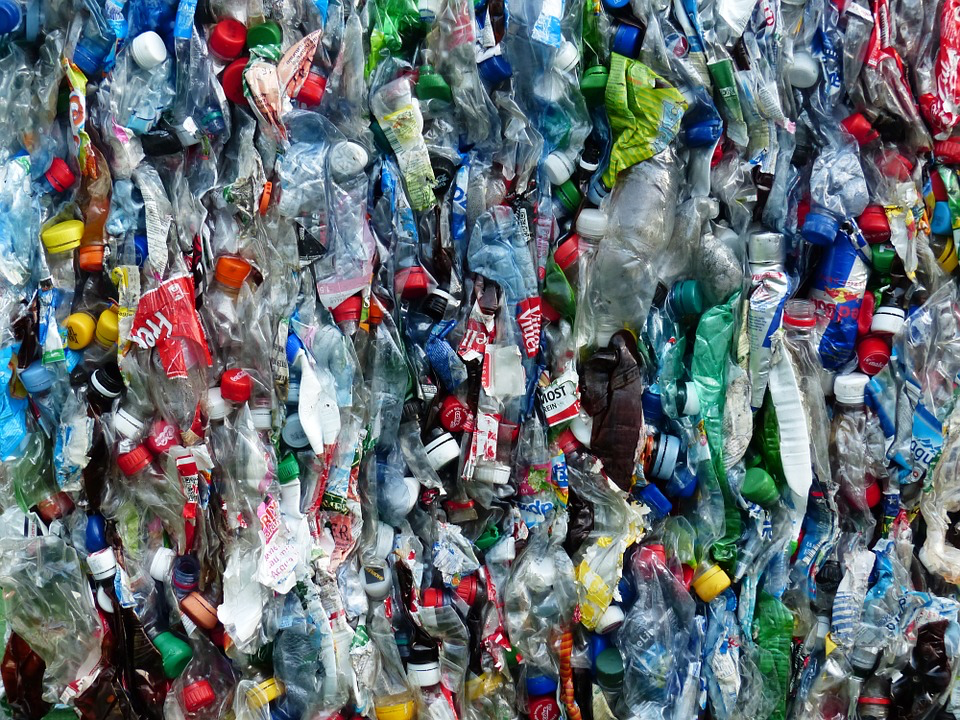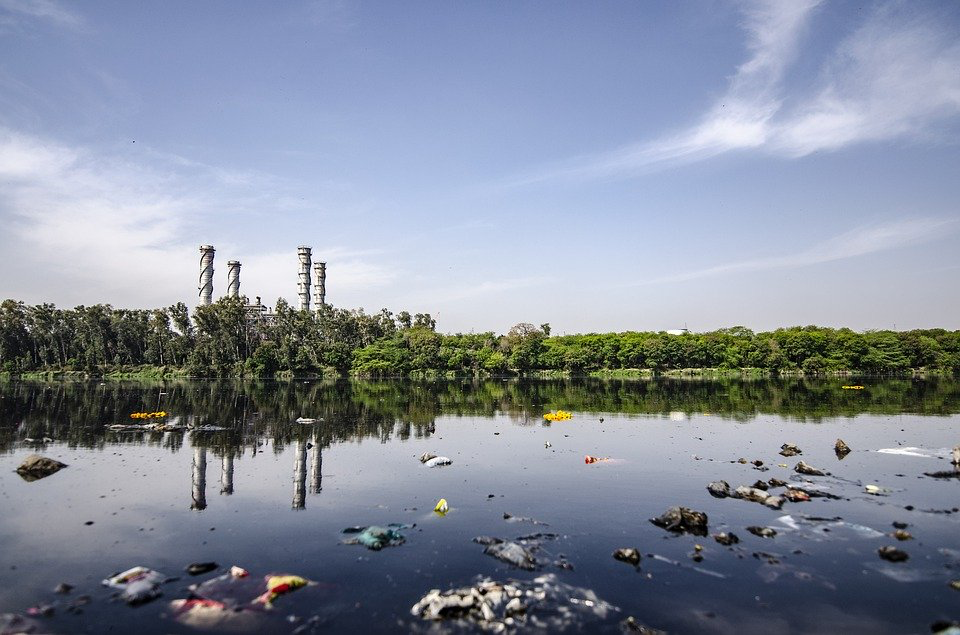The primary objective of global environmental programs is to slow, reverse, and prevent damage to the planet, whilst changing public perception on how to use natural resources.
However, in many cases the damage has already been done. Our climate has already changed, causing hazardous weather conditions. And most communities have been dealing with mass waste that pollutes soil and water systems, and poses a risk to our wildlife.
These circumstances call for their own solutions. How can we harness increased rainfall or sunlight for environmentally positive results? How can we collect and repurpose existing waste, to remove it from the environment and slow the production of further waste? Here are some innovative programs finding ingenious ways to adapt, and turn the tables for the better.
 Image Source: Pixabay CC0 Licence
Image Source: Pixabay CC0 Licence
Greened Acres
Philadelphia is a city with a large population, producing a lot of waste. It’s also in a region which has felt the effects of climate change with the increased frequency and quantity of rainfall in wet seasons. As a result, water systems were being overwhelmed, causing waste and pollutants to wash out across the city and into the surrounding area.
Along with cleanup efforts and the application of new water infrastructures, Philadelphia’s Green City, Clean Waters program has been working with the Environmental Protection Agency to find other innovative solutions, most notably the ‘greened acres’.
Greened acres are expanses of open land designed to absorb rainfall or to redirect it into water gardens, in order to prevent the infrastructure from being overwhelmed. This is combined with the installation of water barrels and porous paving, so the effects of climate change don’t continue to escalate environmental damage.
Pretty nifty stuff. It’s so impressive, other cities are looking to Philadelphia for guidance on how to improve their own systems, and start turning the tables in similar ways.
 Image Source: Pixabay CC0 Licence
Image Source: Pixabay CC0 Licence
Pulling and Repurposing Plastic
There’s a reason why we produce 380 million tons of plastic across the globe every year. It’s a light, strong, versatile material, which lasts a long time and can be produced easily. Whilst the key goal is to reduce plastic production significantly, it’s also crucial to acknowledge the problem will remain for some time, and find practical solutions.
Currently, only 16% of plastic waste is ever recycled. But America’s Plastic Makers have pledged to reuse, recycle, or recover 100% of used plastic packaging in the US by 2024. How? Well, by a program described as the ‘Circular Economy’ for Plastics.
This is a two-pronged approach combining a massive increase in collecting used plastics, with an expansion of the markets which can and will repurpose plastics. The idea being that eventually, it won’t be necessary to produce any new plastics. Instead, the system will be geared (practically and financially) towards collecting everything we use, and processing it back into raw material to be used again.
Fueling AI and The Cloud
The COVID-19 pandemic has escalated an already rapidly developing move online for many industries. As a result, carbon emissions from transport and office-building energy costs are dropping, and the future for this way of working looks positive.
 Image Source: Pixabay CC0 Licence
Image Source: Pixabay CC0 Licence
However, artificial intelligence ‘pattern learning’ uses around the same amount of energy that 10,000 cars might in one day, and cloud computing is not environmentally sound by any means. But there are ways to move this in the right direction: by fueling computer power with green electricity. Using wind and solar energy to power digital technology kills two birds with one stone. This year, Google and other tech giants were some of the world’s biggest buyers of renewable electricity. The more we move our lives online, and our tech providers invest in clean energy, the better the outlook of our environmental future.
Leave a Reply
You must be logged in to post a comment.